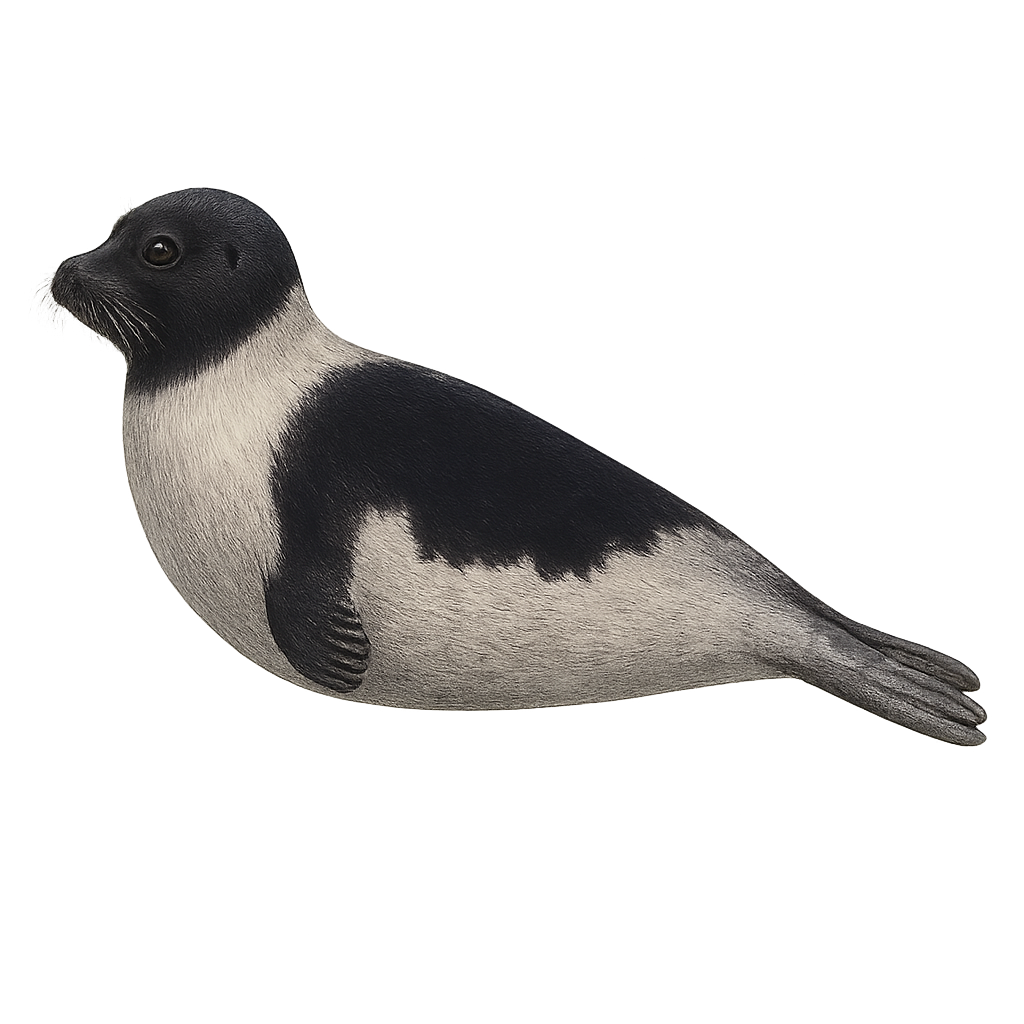Your wildlife photography guide.
Explore the harp seal in detail, study its behavior, prepare your shots.
Where to observe and photograph the harp seal in the wild
Learn where and when to spot the harp seal in the wild, how to identify the species based on distinctive features, and what natural environments it inhabits. The WildlifePhotographer app offers tailored photography tips that reflect the harp seal’s behavior, helping you capture better wildlife images. Explore the full species profile for key information including description, habitat, active periods, and approach techniques.
Harp Seal
Scientific name: Phoca groenlandica

IUCN Status: Least Concern
Family: PHOCIDAE
Group: Mammals
Sensitivity to human approach: Suspicious
Minimum approach distance: 30 m
Rut period: May to June
Gestation: 228 jours
Births: February to March
Habitat:
Ice floes, rocky coasts, Arctic waters
Activity period :
Activity varies depending on season, weather, or human pressure.
Identification and description:
The harp seal, or hooded seal, is a marine mammal native to the Arctic regions. It is easily identifiable by its white fur as a pup, which turns gray with black spots as it matures. This seal is well adapted to cold environments, with a thick layer of blubber for insulation. It primarily feeds on fish and crustaceans. Harp seals are known for their seasonal migrations, traveling long distances between breeding and feeding grounds. They play a crucial role in the Arctic marine ecosystem, serving as both predators and prey for other species.
Recommended lens:
400 mm – adjust based on distance, desired framing (portrait or habitat), and approach conditions.
Photography tips:
To photograph the harp seal, it is advisable to use a telephoto lens of at least 400mm to capture detailed images without disturbing the animal. The best opportunities often arise during their resting periods on the ice floes. Opt for times when the light is soft, such as early morning or late afternoon, to achieve well-lit shots. Be patient and maintain the safety distance to avoid disrupting their natural behavior.
The WildlifePhotographer App is coming soon!
Be the first to explore the best nature spots, track rutting seasons, log your observations, and observe more wildlife.
Already 1 432 wildlife lovers subscribed worldwide

